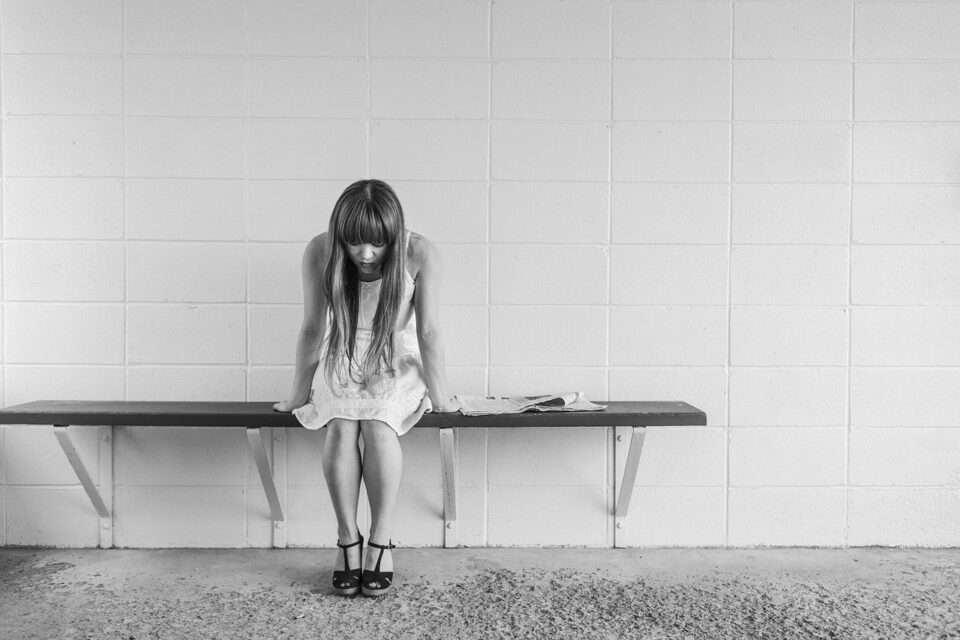Mental health awareness movements and advocates have done a great job spreading the word about mental illnesses and the importance of wellness. People of all ages are starting to treat their mental health the same way they treat their physical health. Some may talk to a therapist weekly, others have cut down or completely given up substances like alcohol to better their overall mood.
With more people researching, studying, and talking about mental health disorders, there can be situations where misinformation spreads or self-diagnosing occurs. The internet has given us access to well-researched articles but can also feed us opinionated or false information. One of the most talked about mental health disorders is clinical depression. Clinical depression is an illness with many symptoms, such as lethargy or alcohol addiction, and it requires long-form treatment.
On the other hand, many experience hardships that bring about feelings of sadness. While these feelings are valid, they usually pass with time and acceptance. Sometimes, the line between sadness and depression can be blurry and it’s difficult to determine what’s happening inside your mind and soul. Self-diagnosing a mental health illness can cause harm and make matters worse.
Below we’ll explore the differences between sadness and clinical depression.
What Are Some Differences Between Depression and Sadness?
Some hear the words “sadness” and “depression” and assume they’re synonymous. Though they have similarities, they’re very different. Knowing the difference can help you find appropriate treatment. You can also properly inform others as well.
Here are five specific differences between sadness and depression.
- Depression is an illness. Sadness is a feeling.
Sadness is a natural emotion felt by all humans. Just like joy, anger, or fear, you will feel sad about something at some point in your life. It can help you grow and mature and shows you care about life.
Depression is a mental health disorder with symptoms. People who are depressed have a hard time finding joy and feel stressed performing everyday tasks. Sadness can be a symptom of depression, along with anxiety, feeling worthless, and avoiding the company of others.
- Depression lingers for a long time. Sadness is temporary.
Emotions can change from day to day or even second to second. A sad period can still have glimpses of happiness and laughter. With time, emotions change and are replaced by other, more positive feelings.
When one is depressed, it can hang around for weeks, months, or years. It’s felt at all times of the day with rarely any temporary periods of joy. If your sadness persists for more than about two weeks, it may be best to seek help and consider the possibility of a clinical depression diagnosis.
- Depression is a state of mind. Sadness is a reaction.
Sadness is usually set off by something that happens to you. When you are sad about a specific tragic incident, it shows you are functioning at a normal emotional level. Sadness is a natural reaction we have to distressful events.
Someone who is depressed isn’t just sad about one thing. Rather, they are uncomfortable, distressed, and lethargic about everything.
For example, let’s say someone is moving to a big city. It’s the first time they’ve lived on their own and the first time they’ve lived in a metropolitan area. Adjusting to a new job, city, and finding a social life can be stressful.
One may experience some waves of sadness, due to missing their hometown. However, the sadness subsides as they realize a move can be exciting and lead to a new opportunity.
Someone who is clinically depressed may be unable to take on such a transition without major physical or mental changes. The stress of a move can send them into weeks of anxiety and lethargy. They may experience weight change, troubled sleep, and constant fatigue that does not subside after several weeks.
- Depression affects your entire life. Sadness changes your mood.
If you are sad, you may find working or socializing hard. But even if you are distressed, you can still go about your day. After a while, focusing on your job or seeing friends uplifts your mood.
Those with clinical depression have an altered view of life. Things like romance, exercise, or going out with friends seem useless. They may start to slack off at work and stay in bed for hours, even during the day. Depression has made their life harder.
- Depression is diagnosed. Sadness is subjective.
Saying you are sad is decided upon by you. Because it’s not a medical term, no one can say if you are sad or not.
Clinical or major depression is diagnosed by professionals. Figuring out if someone has depression can require tests by a therapist or doctor. Treatment involves therapy, counseling, and possibly medication to balance out chemical imbalances in the brain.
Determining if You’re Depressed or Sad
If you are unsure if you have clinical depression, it’s best to talk to your doctor or a mental health specialist. They can ask you a series of questions related to depression. Speaking to trained professionals can help you find out what you are experiencing.
Another good resource is your friends and family. Ask them if they’ve noticed any changes in you recently, and for how long. If they make note of gradual drops in energy, major mood shifts, and unusual behavior over the last few weeks or months, this can help you to identify depressive symptoms.

